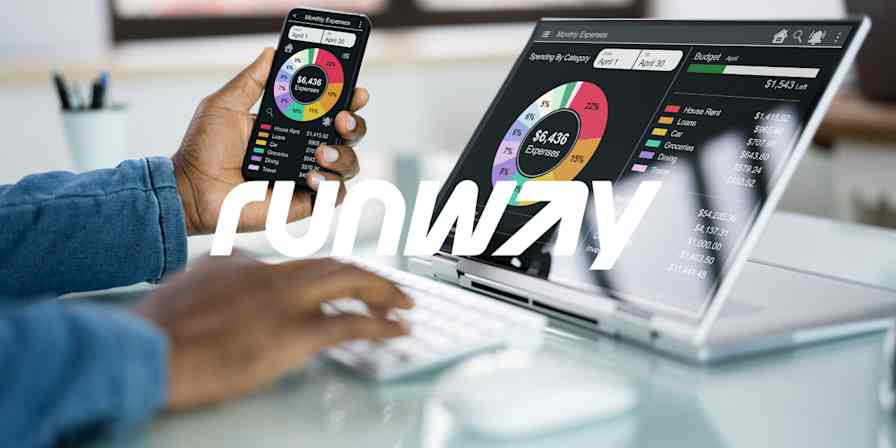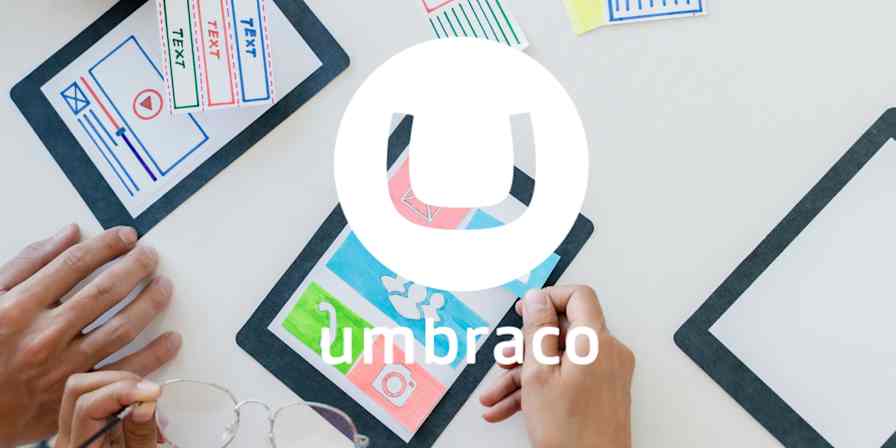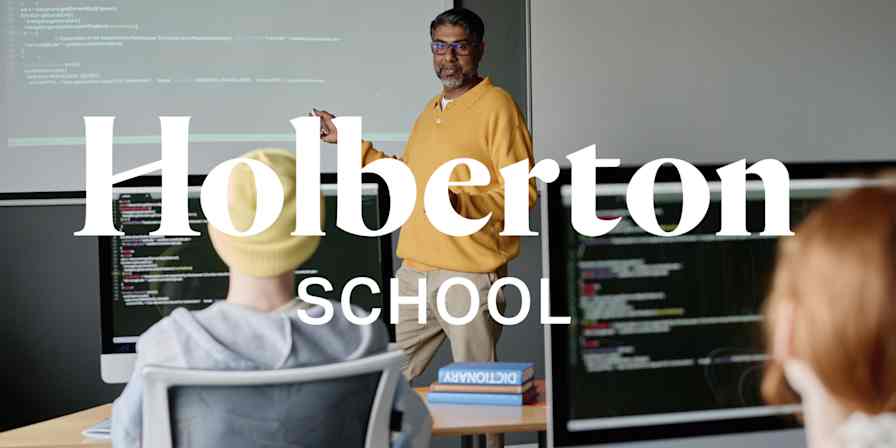Customer stories
10 min readHow Software Integrations Unlocked Voter Data and Helped Break a 50-Year Campaign Record
By Danny Schreiber · December 3, 2015

Get productivity tips delivered straight to your inbox
We’ll email you 1-3 times per week—and never share your information.
mentioned apps
Related articles
Improve your productivity automatically. Use Zapier to get your apps working together.








